Ayers House, originally known simply as 288 North Terrace, is named for the wealthy businessman and former Premier Sir Henry Ayers. William Paxton, a chemist, bought the property at the first subdivision of Adelaide in 1837. He built the modest home in 1846 and had a business on Hindley Street. Paxton sold the property to his friend Sir Henry Ayers in 1855 before fulfilling his plans to return to England. Ayers had the building transformed gradually from a small four room brick building to a bluestone mansion.
Style and Decoration
The design of the house is attributed to Sir George Strickland Kingston, early architect of the colony responsible for the design of many significant early buildings. Kingston drew inspiration from Robert Kerr, a renowned English architect and author of The English Gentleman’s House, which instructed the ‘new rich’ on their expected lifestyle and entertaining. In 1857 Ayers added to the backside of the house, and in 1859 built the eastern ballroom. After an 1870 yearlong trip to England with most of his family (only son Harry stayed behind to watch the house), Sir Henry Ayers had another large room with a bay window built on the western side of the property, giving it the symmetrical appearance it has today. In 1874 a two-storey addition to the back of the property was started, which would include six bedrooms. The conversion was completed in 1876.
The ballroom, set in joisters, gave a renowned spring to dancers’ steps. The ballroom floor was washed with milk to give it a smooth surface. The Ayers family held extravagant balls twice a year, in September and October, that lasted from 8 pm to 4 am. The Lyon and Cottier designed dining room ceiling is the most significant hand painted ceiling in Australia; the ballroom ceilings are significant as well. Williams, a painter, completed some of the ceiling artwork in the dining room and in the ballrooms. He did so lying on his back on a mattress held up by a board by two ladders. Ayers lived in the house from its 1855 renovation to his death in 1897. Upon Sir Henry Ayers’ death, the property was empty for eighteen years, with the exception of a housekeeper, maid, and boy who looked after the residence.
The Ayers property was even more extensive than it is today- it stretched to Rundle Street on its southern side, to Tavistock Street on its western side, and to East End Market on East Terrace on its eastern side. It also had a wonderful fruit garden, where grapes and nectarines grew and emus wandered.
During the time the Ayers family occupied the building it was lavishly decorated with hand stencilling in many rooms. In the 1900s it was converted and used for a number of different purposes. For example, in June 1901 the government leased the Ayers House for a week to house royal guests that could not be accommodated at the Government House or Gresham Hotel, like Lieutenant the Duke of Roxburghe. On 14 July 1909, members of the Adelaide Club held a dance at the property; The Chronicle‘s society writer would next week exclaim that the ‘Arabian Nights’ theme rendered the usually deserted property and its two ballrooms gorgeous. In December 1909, the Ayers House was put up for sale with Bagot, Shakes, and Lewis, Limited, and Green & Co and sold for £13,000. Upon the time of its sale, the historic home boasted 17 rooms, which included maids’ bedrooms, storerooms, cellars, pantries, stone stables, and “accommodation for several horses”. In 1914, Ayers House was again sold to Mr. Henry Woodcock, who converted the property into a theatre and dance hall known as Austral Gardens. Australian actor and dancer Sir Robert Helpmann had one of his first professional performances there during this time.
Serving Versatile Purposes
From 1918-1922 it was the site of a club for injured soldiers. The government purchased the building in 1926 and used it to 1969 as a nurses residence and training school. Extra space was let as flats. The horse stables of the residence were used by the sewing division of the Adelaide Auxiliary Hospital, which only had five sewing machines. Discussions for the historic home to become a museum or state property started in 1951. In the early 1970s, the South Australian government bore the costs of the Ayers House renovations. Notably, Austrian artist Jo Ott and his son Werner restored the cracking ceilings in the dining room and ballrooms. Jo Ott also restored the ceilings of Vienna’s Schonbrunn Palace. Once the renovations completed, the house became the headquarters for the National Trust of South Australia, but the eastern side of the building housed two restaurants. In September 1981, South Australia’s 150th anniversary celebration was officially started at the Ayers House, with many soldiers present in period uniforms. Many features of the Ayers family residence have been restored, and the Ayers House Museum has a significant collection from this time. Now owned and managed by the National Trust of Australia, Ayers House is a museum and function centre.


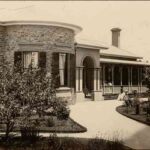

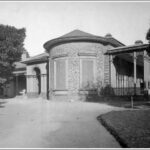
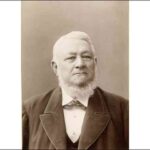
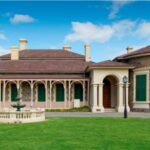
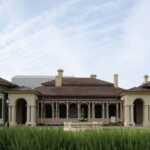

Comments